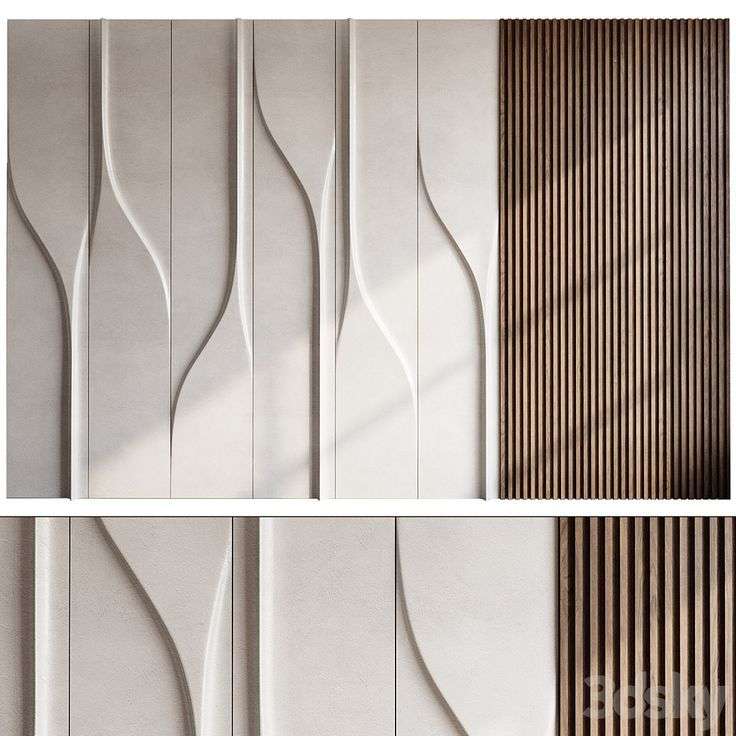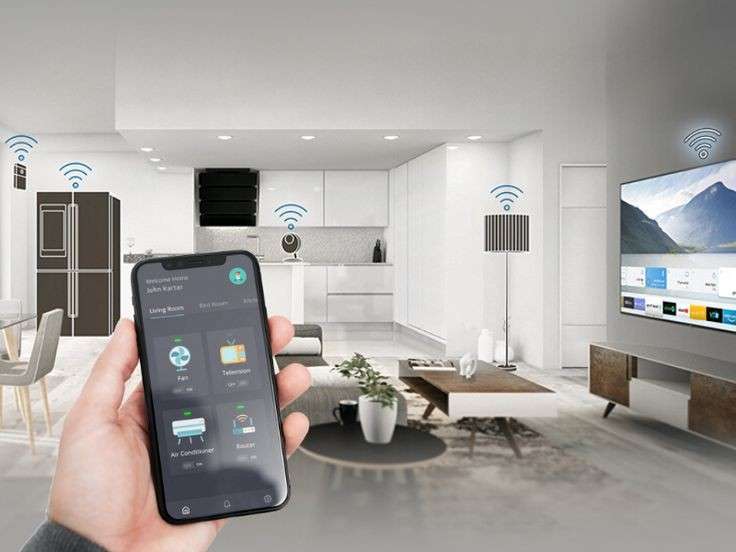Designing a home together as a couple is an exciting milestone—but it can also be a challenge, especially when each partner has a distinct sense of style. From color preferences to furniture choices and overall aesthetics, merging two tastes into one cohesive space requires communication, compromise, and creativity. The goal isn’t to eliminate individual preferences but to create a home that celebrates both personalities in harmony.

Understanding Each Other’s Aesthetic
The first step in designing for couples is understanding each person’s design preferences. One partner may prefer modern minimalism, while the other leans toward vintage charm. Start by identifying the elements you both like and dislike. Browse inspiration together—whether it’s Pinterest boards, Instagram accounts, or design magazines—and note overlapping preferences. These shared tastes will be the foundation of your home’s design.
Finding Common Ground
Even seemingly opposite styles can find common ground. A rustic wood coffee table can pair beautifully with a sleek leather sofa. A vintage chandelier can complement a modern dining room if balanced with contemporary accents. Look for design elements that connect the two styles—whether it’s a shared color palette, similar materials, or complementary shapes. Neutral tones, natural textures, and timeless furniture pieces often act as bridges between contrasting aesthetics.
Creating “Zones” for Expression
One effective strategy is to allow each partner to express their style in specific areas. Maybe one person takes the lead on the home office while the other focuses on the kitchen or bedroom. This way, both individuals get the opportunity to showcase their personality in parts of the home while still contributing to a shared vision. In shared spaces like the living room, blend both styles with balance and intention.
Blending Styles Through Accessories
Accessories offer a great way to reflect individual tastes without dominating a room. Throw pillows, artwork, rugs, and decor items are easy to mix and match. A gallery wall, for instance, can feature a variety of art styles and mediums that represent both partners’ personalities. This layered look feels curated and personal, adding depth and character to a shared space.
Compromise Without Sacrificing Identity
Successful couple-friendly design is rooted in compromise. If one partner loves bold colors and the other prefers a more subdued palette, consider using neutral tones for large furniture pieces and adding vibrant accents through decor. If one person adores eclectic pieces and the other values clean lines, select a few standout statement items while keeping the rest of the design sleek and minimal.
Focus on Functionality
While style is important, don’t forget about function. Both partners should feel comfortable and catered to in the home. Discuss lifestyle habits—Do you entertain guests often? Do you need a quiet reading nook? Are pets part of the equation?—and ensure the design supports your daily routines. A home that works well for both people will always feel more harmonious.
Use Mood Boards and Visual Tools
Mood boards and digital design tools can help couples visualize how different styles will look together. This minimizes disagreements and allows you to experiment with ideas before making purchases. Seeing how a mid-century sofa pairs with boho accessories or how a traditional rug works in a minimalist room can provide clarity and confidence in your design choices.
Seek Professional Guidance When Needed
If the process becomes overwhelming or you’re having trouble blending styles effectively, consider consulting with an interior designer. A professional can offer creative solutions that respect both partners’ tastes and bring a neutral perspective to any disagreements.
Celebrate the Journey
Ultimately, designing a space together is an opportunity to strengthen your bond and create a home filled with memories. It’s about more than just furniture or paint colors—it’s about building a shared environment where both of you feel seen, heard, and at home.



